1. Telautograph (1888)
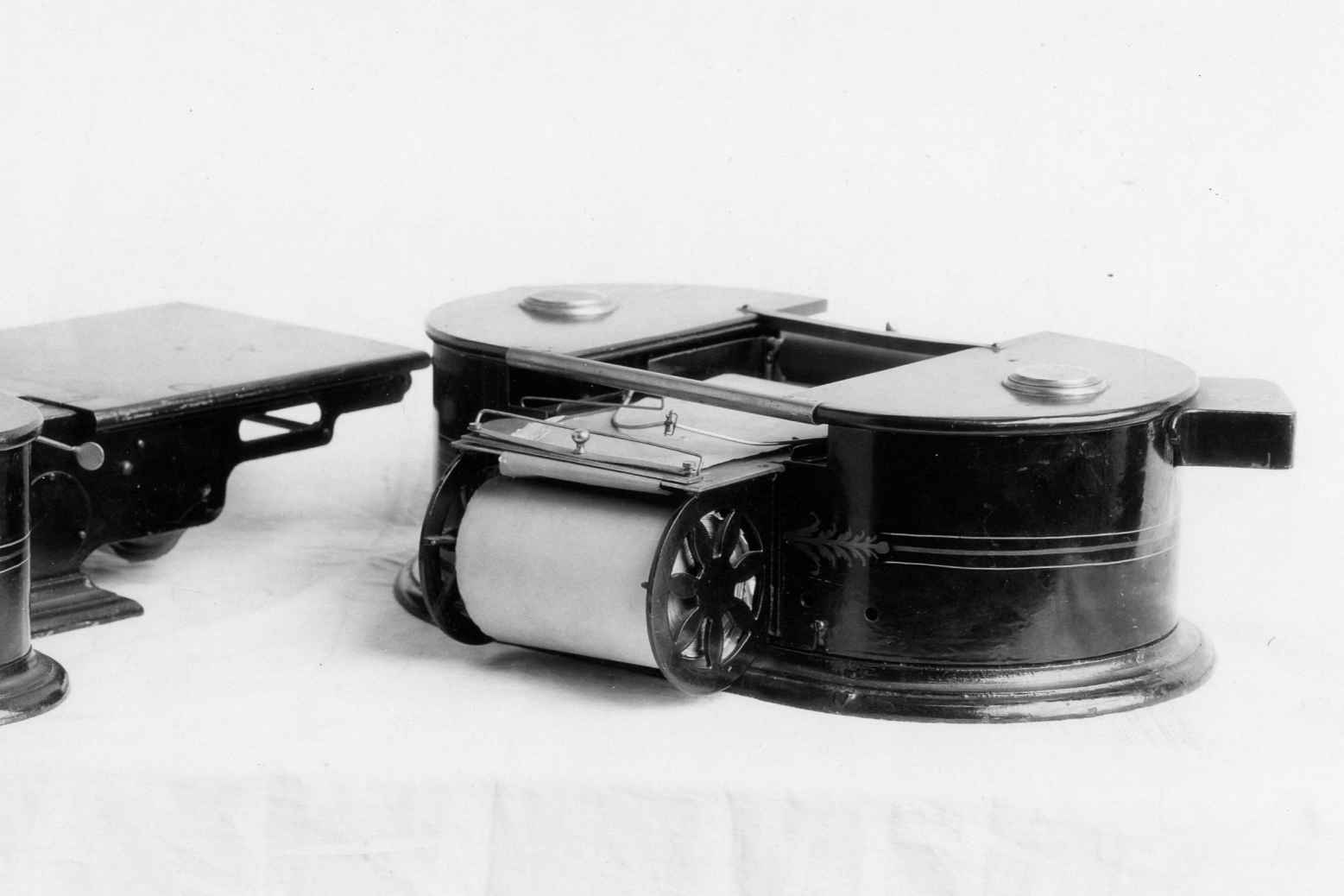
Long before we had digital signatures and remote writing tools, Elisha Gray invented the telautograph, a device that could send handwritten messages over a wire. Think of it as the great-grandparent of the fax machine, only it used pen and ink to recreate someone’s writing in real time at the other end says Damn Interesting.
Back in the late 1800s, this invention was so futuristic that people struggled to find ways to actually use it in everyday life. It showed up in a few hospitals and train stations, but never caught on widely. The idea of transmitting handwriting over a wire felt like something out of a science fiction novel. And yet, decades later, we ended up with fax machines, touchscreens, and remote writing tools that owe a big nod to Gray’s idea. He doesn’t always get the credit, but his invention was quietly ahead of its time adds EDN.
2. Solar Engine (1913)
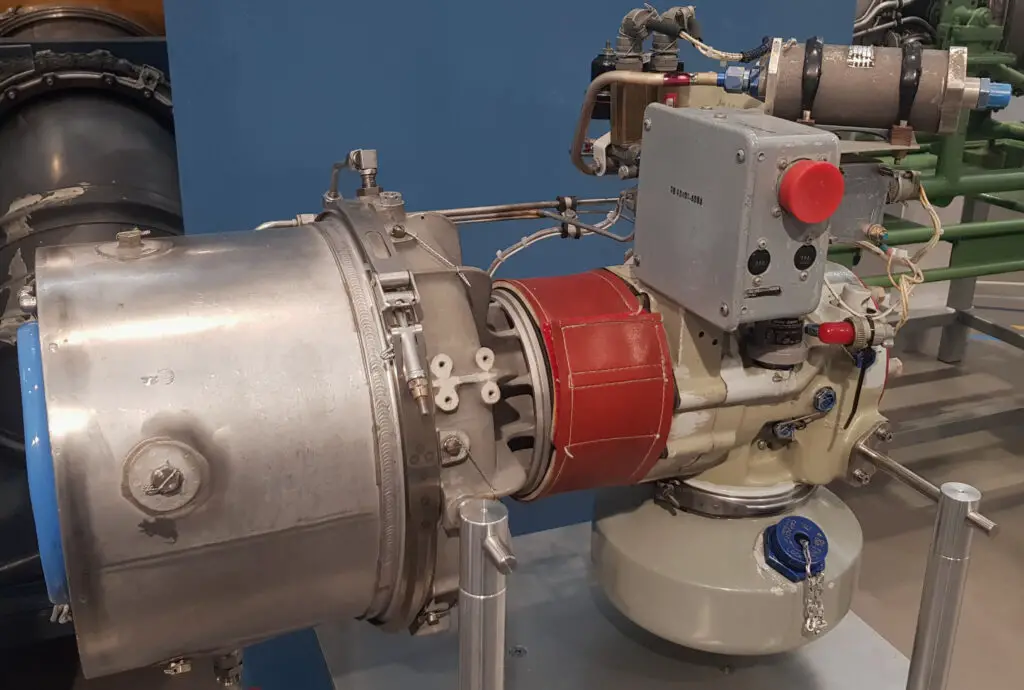
In 1913, an American inventor named Frank Shuman built a massive solar engine in Egypt. It used mirrors to concentrate sunlight and create steam power, which could then be used to pump water or generate electricity shares BBC.
At the time, fossil fuels were still king, and no one was really thinking about renewable energy. Shuman’s solar engine could have led the charge on sustainable tech, but interest fizzled out when oil became cheap and widely available. Looking back, it’s hard not to feel a little sad knowing that we had this kind of innovation over 100 years ago and didn’t run with it. It was green energy before “going green” was even a phrase adds Linkedin.
3. Electric Car (1890s)
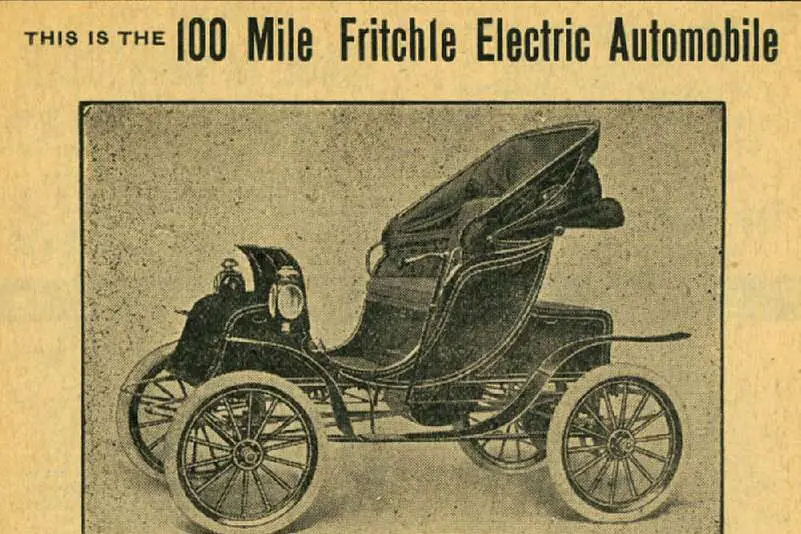
Believe it or not, electric cars were buzzing around American streets in the 1890s. They were especially popular with women because they were clean, quiet, and easy to start—no crank needed.
But once the gas-powered engine came along and Henry Ford started churning out affordable Model Ts, electric cars quickly fell out of favor. It’s strange to think that we circled all the way back to the same idea more than a century later. Today’s Teslas and EVs owe their existence to inventors who were thinking electric way before their time. We just weren’t ready to plug in back then.
4. Picturephone (1964)
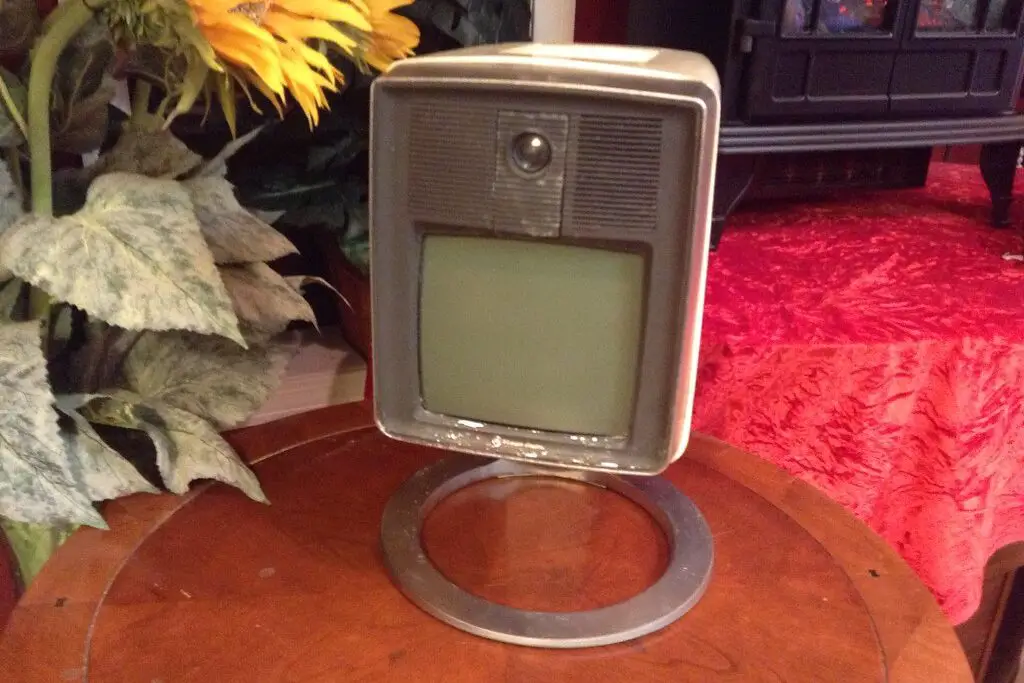
At the 1964 World’s Fair, Bell Labs introduced the Picturephone, a device that let you see the person you were talking to on a little screen. It looked straight out of The Jetsons and promised to change how we communicated.
The technology was impressive, but it was clunky, expensive, and most people just weren’t that eager to stare at someone’s face while chatting. It flopped commercially, but the idea clearly wasn’t the problem. We eventually got there, just with sleeker tools—like Zoom, FaceTime, and Skype. It just took a few more decades (and smartphones) for the world to catch up.
5. Steam-Powered Car (1860s)
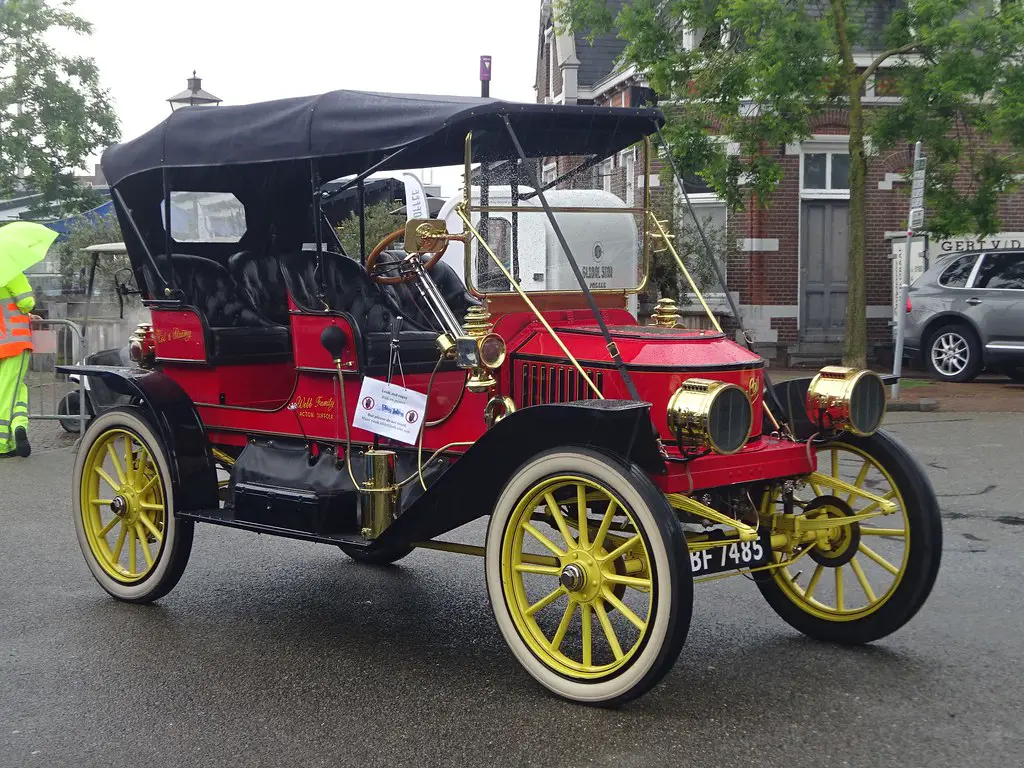
Before gas-powered engines took over, there was a very real chance that steam-powered cars could have ruled the roads. Inventors like Sylvester Roper and the Stanley brothers were building fast, reliable steam vehicles that amazed onlookers.
Steam cars didn’t need gears or transmissions, and some models even hit speeds over 100 miles per hour. But they were hard to start, took a while to heat up, and needed a constant water supply. When gasoline engines improved, steam quickly got left in the dust. Still, in their time, these cars were incredibly advanced and hinted at a different kind of automotive future.
6. Pneumatic Tube Delivery (1890s)

In big cities like New York, pneumatic tubes once carried everything from letters to bank deposits through a network of underground air-powered tunnels. It was like having a mailman on rocket skates.
The system was incredibly fast and efficient, but it was limited to certain areas and couldn’t handle bigger packages. Eventually, newer technologies like trucks, planes, and email took over. But there’s still something magical about the idea of zipping your message through a tube and having it pop out on the other side in seconds. It was a wild blend of whimsy and functionality that never fully got its due.
7. Monorail (1820s–1950s)

America actually played around with monorails long before they were a Disney attraction. From the early 1800s through the 1950s, there were dozens of monorail prototypes tested in places like New Jersey and Pennsylvania.
The sleek, futuristic trains were quieter, smoother, and sometimes even faster than traditional rail. But rail companies weren’t interested in tearing up old tracks for a new system. So most of the monorail ideas ended up collecting dust or becoming quirky local footnotes. It’s funny to think that we could’ve been commuting above traffic way earlier if someone had just pulled the trigger.
8. Mechanical TV (1920s)

Before flat screens and streaming services, a few brilliant inventors were working on mechanical televisions. One of them was Charles Francis Jenkins, an American who began transmitting moving images in the 1920s using spinning disks and neon lamps.
It sounds a bit primitive today, but it was absolutely groundbreaking at the time. Jenkins even got the first TV license from the government and was sending programs before most people knew what television even was. Eventually, electronic TV won the race, but Jenkins’ early vision laid the groundwork for what would become a cultural revolution. It was TV before TV was even a thing.
9. Automatic Doors (1931)

Yes, automatic doors have been around that long. In 1931, two American engineers invented a swinging door that opened when someone triggered a floor mat sensor.
It was originally made for use in high-end restaurants, so waiters didn’t have to juggle trays and doors at the same time. But the concept was far ahead of what people expected from their buildings back then. It took decades before automatic doors became standard in places like supermarkets and malls. Today, we don’t think twice about them—but someone had to dream it up first.
10. Home Robots (1980s)
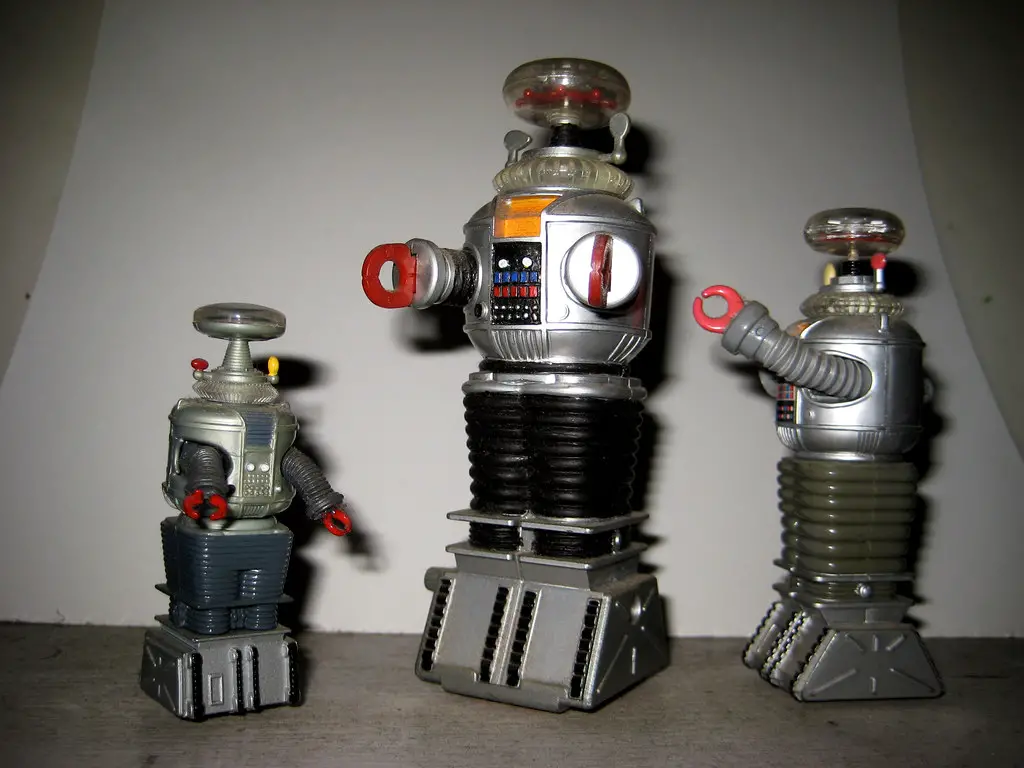
In the ’80s, several companies tried to bring robots into our homes. Devices like HERO and Topo could move, talk, and even perform basic tasks like guarding the house or reminding you to take your medicine.
They were clunky, expensive, and mostly limited to tech enthusiasts. But they were laying the groundwork for the smart assistants we now take for granted. Alexa, Roomba, and smart thermostats all owe something to those early bots that were just a little too soon for prime time. The dream was there, even if the tech needed to catch up.
11. E-Books (1971)

Most people think e-books started with the Kindle, but they actually go back to 1971 when Michael Hart typed up the Declaration of Independence and shared it digitally. That moment kicked off Project Gutenberg, the world’s first digital library.
At the time, most people didn’t even own a computer, so the idea of reading books on one seemed pretty out there. But Hart kept at it, digitizing thousands of classics long before Amazon got into the game. It’s wild to think how far ahead he was—people just weren’t ready to curl up with a screen instead of a paperback. Now it’s second nature.
12. Video Games (1958)

One of the first video games wasn’t made in Japan—it was created by American physicist William Higinbotham in 1958. He made a simple tennis game using an oscilloscope, and people loved it.
It wasn’t commercialized and never left the lab, but it planted the seed. Years later, games like Pong and Space Invaders took off, but Higinbotham’s little side project quietly started the ball rolling. It’s one of those stories that makes you wonder what else we missed because the world just wasn’t quite ready. Sometimes, the future shows up early—it just doesn’t always get the welcome it deserves.
